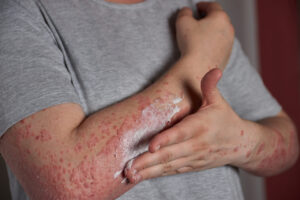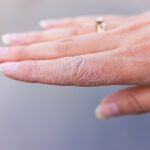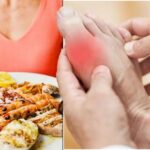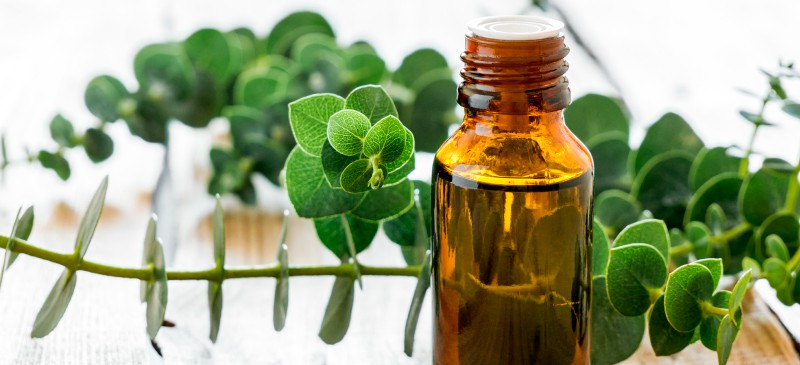Worst Skin Diseases You Should Know
There are worst skin diseases that are a common affliction that affects millions of people worldwide. While most skin diseases are treatable and manageable, some can be severe and cause significant discomfort and even disfigurement.
In this article, we will discuss some of the worst skin diseases, their causes, symptoms, and treatments.
Epidermolysis Bullosa (EB)
Epidermolysis Bullosa is a genetic disorder that causes the skin to be extremely fragile, leading to blisters and sores even with the slightest touch. The condition can also affect the lining of the mouth, throat, and intestines, causing difficulty in eating and digesting food.
There is no cure for EB, and treatment focuses on managing symptoms and preventing infections.
Stevens-Johnson Syndrome (SJS)
Stevens-Johnson Syndrome is a rare but severe skin condition that causes a rash, blisters, and skin peeling. The condition can also affect mucous membranes, including the eyes, mouth, and genitals, leading to severe complications.
SJS is typically caused by an adverse reaction to medication or infection. Treatment includes hospitalization, fluid replacement, and management of complications.
Necrotizing Fasciitis
Necrotizing Fasciitis, also known as flesh-eating disease, is a severe bacterial infection that can rapidly destroy skin, muscles, and tissue. The condition can lead to limb amputation, organ failure, and death.
Early diagnosis and prompt treatment are essential in preventing complications and improving outcomes. Treatment involves surgical removal of the infected tissue and aggressive antibiotic therapy.
Psoriasis
Psoriasis is a chronic autoimmune disease that causes skin cells to build up rapidly, leading to thick, scaly patches on the skin. The condition can also affect nails, joints, and the scalp, causing discomfort and pain.
While there is no cure for psoriasis, treatment options include topical creams, phototherapy, and systemic medications.
Eczema

Eczema, also known as atopic dermatitis, is a chronic inflammatory skin condition that causes dry, itchy, and red patches on the skin.
The condition can be triggered by environmental factors, such as allergens and irritants, as well as stress and genetics.
Treatment involves managing symptoms and preventing infections through the use of moisturizers, topical steroids, and immunosuppressants.
Hidradenitis Suppurativa
Hidradenitis Suppurativa is a chronic inflammatory skin condition that causes painful nodules and abscesses in areas of the body with sweat glands, such as the armpits and groin.
The condition can also cause scarring and disfigurement. Treatment includes antibiotics, steroids, and surgical removal of affected tissue.
Vitiligo
Vitiligo is a skin condition that causes loss of skin pigment, leading to white patches on the skin. The condition can affect any part of the body, including the face, hands, and feet.
While there is no cure for vitiligo, treatment options include topical creams, phototherapy, and surgical procedures.
EB as one of the Worst Skin Diseases
It is challenging to categorize the worst skin disease as each condition affects people differently. However, some skin diseases are debilitating and cause significant physical and emotional distress, affecting the quality of life of those affected. One such disease is Epidermolysis Bullosa (EB).
Epidermolysis Bullosa is a rare genetic disorder that affects approximately 1 in every 50,000 births. The condition causes the skin to be extremely fragile and easily blistered, leading to open sores, wounds, and scars.
EB is caused by a genetic mutation that affects the production of essential proteins that bind the skin layers together, leading to a lack of cohesion between the layers.
EB is classified into four main types based on the severity of symptoms and the location of blistering. The types are:
EB Simplex: This is the mildest form of EB and affects the outer layer of the skin. Symptoms include blistering on the hands and feet, scalp, and nails.
Junctional EB: This type affects the skin layer below the outer layer and the lining of the mouth, throat, and digestive tract. Symptoms include blistering, erosion, and scarring.
Dystrophic EB: This type affects the deeper skin layer and causes scarring, deformity, and loss of mobility. Symptoms include blistering, thickening of the skin, and nail dystrophy.
Kindler Syndrome: This is a rare type of EB that affects multiple skin layers and causes blistering, skin fragility, and photosensitivity.
EB is a chronic condition that can cause significant pain, discomfort, and disfigurement. The condition also affects other parts of the body, including the eyes, mouth, and gastrointestinal tract, leading to difficulty eating and digesting food.
There is currently no cure for EB, and treatment focuses on managing symptoms and preventing infections.
Treatment options include wound care, antibiotics, pain management, and surgical procedures such as skin grafting. Patients with severe cases of EB may require feeding tubes and other medical devices to manage the condition.
EB is a debilitating skin disease that can significantly affect the quality of life of those affected. While there is ongoing research to find a cure for EB, current treatments focus on managing symptoms and preventing complications.
It is crucial to consult with a healthcare provider if you suspect you have EB or any other skin condition. Early diagnosis and prompt treatment can improve outcomes and prevent complications.
In conclusion, skin diseases can be debilitating, causing significant physical and emotional distress. The worst skin diseases, such as Epidermolysis Bullosa, Stevens-Johnson Syndrome, Necrotizing Fasciitis, Psoriasis, Eczema, Hidradenitis Suppurativa, and Vitiligo, can have severe consequences if left untreated.
Early diagnosis and prompt treatment are essential in managing symptoms and preventing complications.
If you suspect you have a skin condition, consult with your healthcare provider for proper diagnosis and treatment options.
Impact of Sexually Transmitted Diseases

A graduate of Computer Science and Information Management Technology. Diploma – Caregiving, Certificates – Dementia and Diabetes Awareness and Management. A researcher, blogger, songwriter, singer and acoustic guitarist. Born in an environment where natural talents such as healing are imparted at our natural birth. This natural talents of healing is the result of our genetic inheritance and the training from family environment.



















